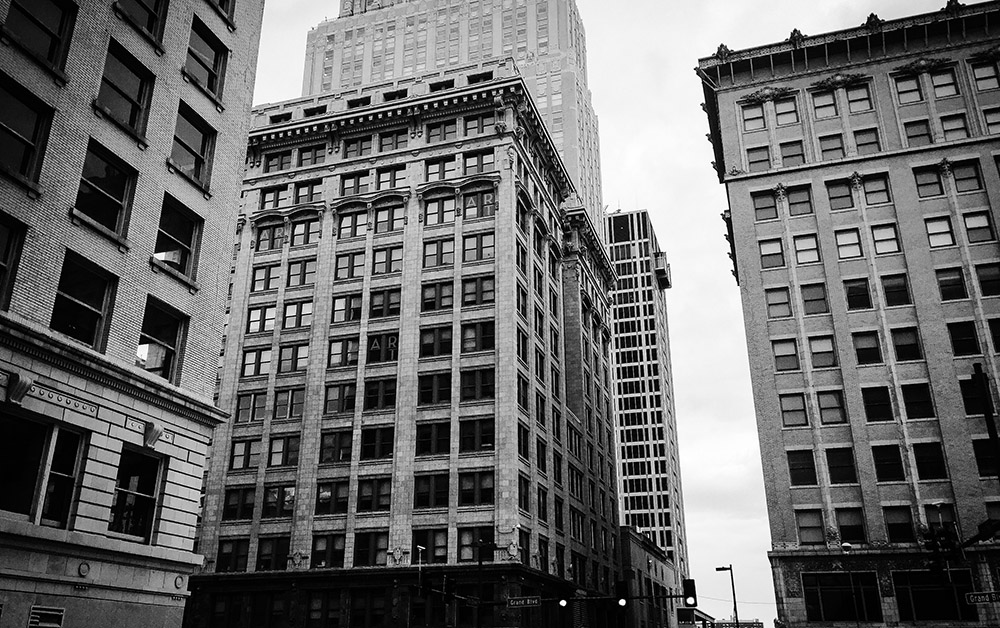Historic buildings play an important role in our economy. Preserving them helps neighborhoods retain their identity and maintain a sense of continuity. Since 1976, the Historic Tax Credit program has leveraged over $102 billion in private investments to preserve over 45,000 historic, income-producing properties. The program does more than simply renovate old buildings: it helps create jobs and revitalize economies. The benefits produced by these projects remain within the community, especially when labor and building materials are sourced locally.
Typical Project Timeline
An important eligibility requirement for the tax credit states that the project must meet the “substantial rehabilitation test.” This test ensures there will be a substantial rehabilitation and restoration of the building, instead of simple cosmetic repairs and inexpensive, quick fixes. To mitigate the risks associated with such major renovations, the government requires the substantial rehabilitation test to be measured within 24 months of the completion date.
COVID-19 Impacts
COVID-19 has significantly affected all of us, including the construction industry’s ability to meet deadlines. Many projects have been forced to stop or have seen lengthy delays due to increased stringencies in health and safety protocols. The pandemic has also caused delays in the sourcing and delivery of materials and supplies. These factors may adversely affect the project’s 24-month rehabilitation window, making the requirement to qualify for tax credits nearly impossible to meet.
Phased Plan Offers Longer Rehabilitation Window
Before deciding that construction delays will make your historic renovation impossible within a 2-year window, building owners and developers should consider another option: When properly timed and documented, an alternative testing period of 60 months is available if a plan is completed before any physical work begins that details why it will take more than 24 months to complete the project.
In order to qualify for the 60-month period, owners and developers must have a detailed completion plan. There are several steps to the process including architectural plans (when working with an architect). The process also necessitates a thorough detailing of all the work planned for construction. Anticipated delays must be documented—whether due to material shortages, manufacturer closures, policies in compliance with state-mandated guidelines, or increased paid time off for employees in compliance with the Federal CARES Act.
However, if you can complete your project in a shorter amount of time, all of your Qualified Rehabilitation Expenditures (QREs) are still eligible for the Rehabilitation Credit once completed and placed in service.
MarksNelson’s Expertise
No two historic projects are the same. Due to the uncertainty of the virus, it makes sense to partner with experts so that you can formulate a plan and complete the process successfully. We can help ensure that your project meets the requirements within the chosen timeline. MarksNelson has extensive experience in all areas related to the tax incentives and consequences of historic renovation projects. By partnering with experienced consultants, you can make historic buildings a focal point of your community’s economic development and recovery efforts, driving new investment and development dollars for the future.

